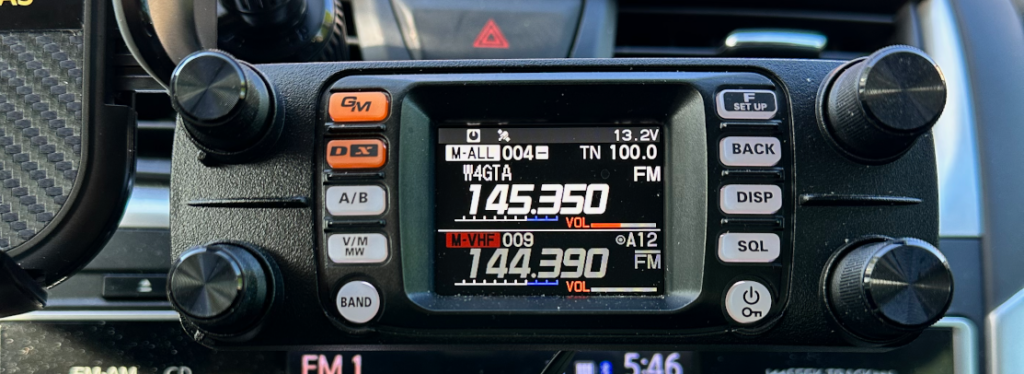Easter Sunday, April 12, 2020.
My wife had just completed baking several individual lemon cakes and we were delivering them around town to friends. Aware that we in a severe thunderstorm and tornado watch, as the last cake was being delivered, the rain began. We headed for home.
The rain and wind continued throughout the day and into the evening. I’ve been through many of these before, so it didn’t feel like anything to be alarmed about. Besides, if there were any tornado warnings, since we live in the city limits, we would hear the sirens and seek shelter.
We went to bed, with the winds beating against the house. I slept like a baby.
Monday morning, my phone is blowing up. An F3 tornado struck within 3 miles of our home, one of the worst disasters to ever hit our area (you can search the Internet for more information about it). The Internet was down, and we were only a month into the COVID lockdown. Unable to work from the computer, I attempted to connect to my phone and use it as a hotspot. This was met with less than acceptable behaviour. The tornado had damaged the repeater tower that covered our area making cellular service poor.
However, it was nothing compared to the devastation that happened to our friends and their homes. The tornado damage was immense.

It got me to thinking. How could I have been more prepared? How could I have been better informed? How could I notify friends and family that we are okay (or not) if/when the next disaster strikes, when Internet and cell service is down.
Ham radio is an off-the-grid solution for communicating. It does not depend on any infrastructure and has the capacity to reach local and long distances.

